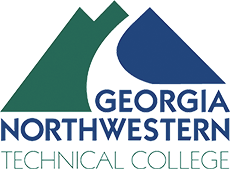What is Citing?
Citations are a way for writers to acknowledge where they have obtained information. They are broken into two categories: in-text citations, which gives readers a short version of where the information came from while they are reading, and works cited pages, which offer a full version of where the information came from (located at the end of a paper, chapter, or book). Works cited pages are also frequently called references pages and bibliographies.
Why Cite?
Citing is important, both in-text and in a works cited or reference page. When sources aren't cited, it's considered stealing the information from them. Research should be shared between people, whether it's students in a class, businesses, or developers; however, students must be able to show where the information was obtained. This is so the person who wrote the original information gets credit, but it also gives the idea some authority, showing that someone else has had this idea. It allows instructors to backtrack and see if the information is verifiable and determine how accurate it is. Of course, it's also important because most instructors require it!
When is Citing Necessary?
According to the OWL at Purdue website, citations (in-text and works cited) are required whenever text is directly quoted (taken word for word, such as copy and pasting), when paraphrasing (re-writing the text, but keeping the same general language), and when the general ideas are summarized. The MLA Handbook says that citations aren't necessary for knowledge that the general reader has. For example, citations would not be necessary if the paper included that Shakespeare was a British poet and playwright, because the majority of students and instructors would be familiar with that. On the other hand, quoting "...Shakespeare, along with various other wealthy citizens of Stratford, became involved in a rather complicated controversy involving a plan to enclose farming lands..." from page 21 in The Complete Works of Shakespeare (1971), a citation would be required. This is because the majority of readers would not be familiar with this information. If they wanted to find out more information, they could then look to page 21 in the book.





